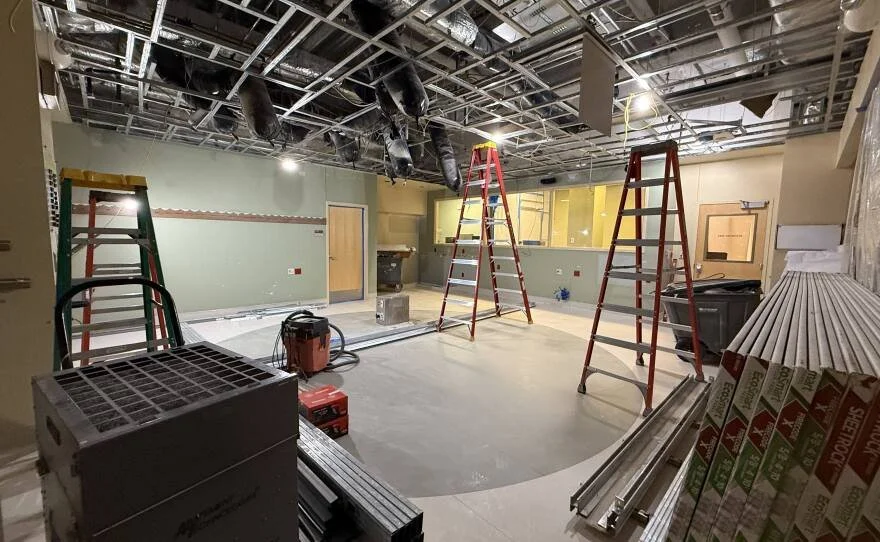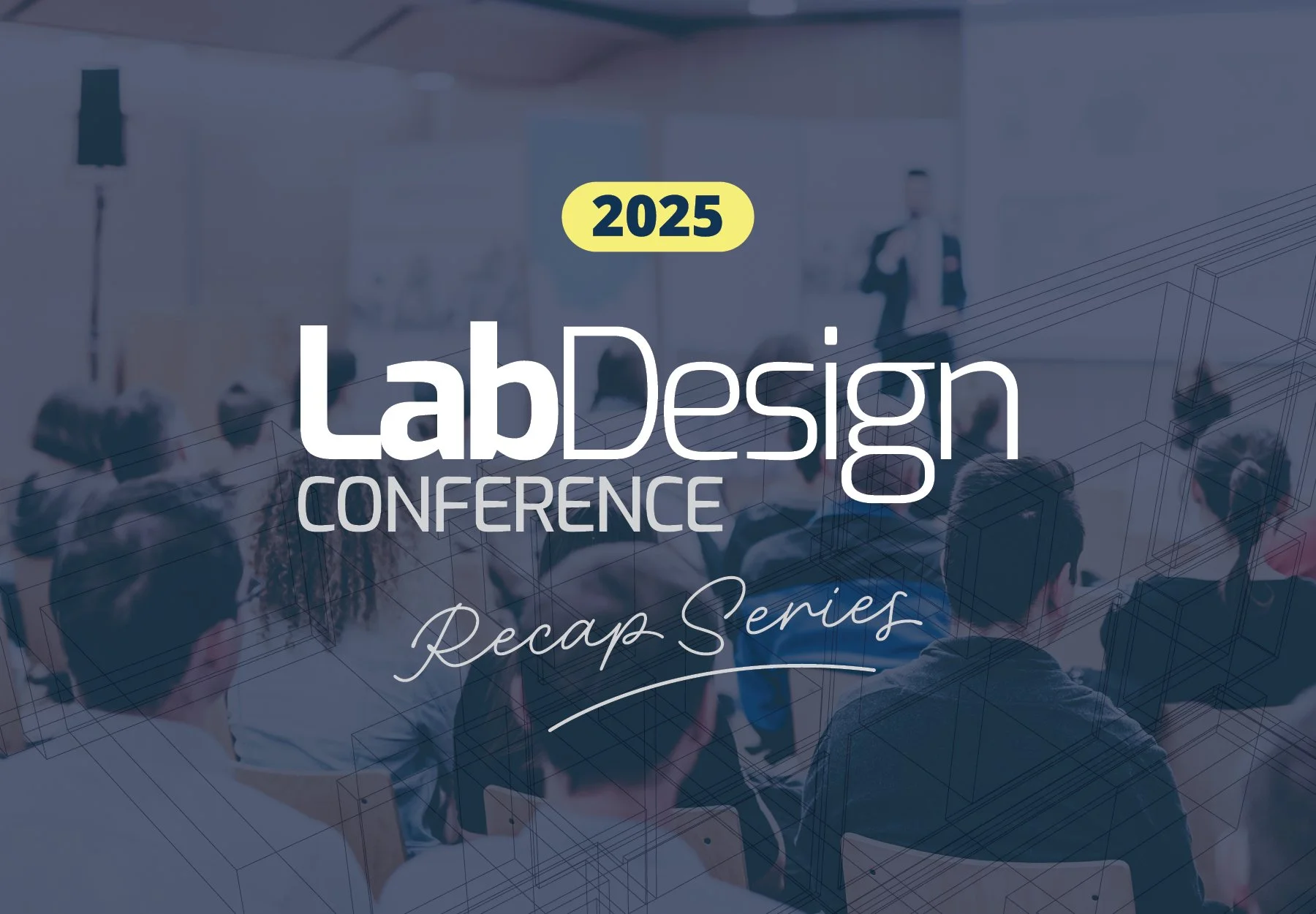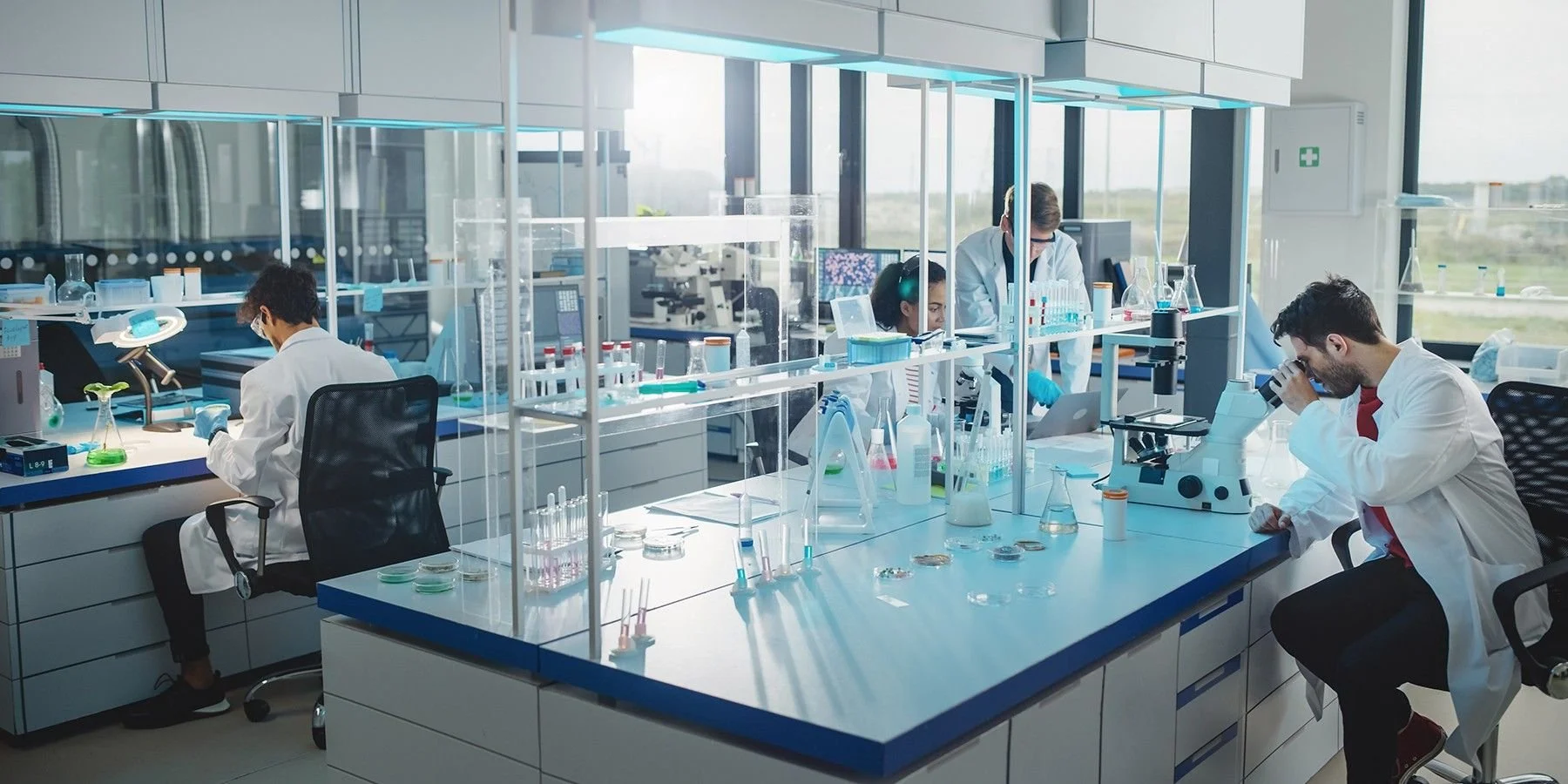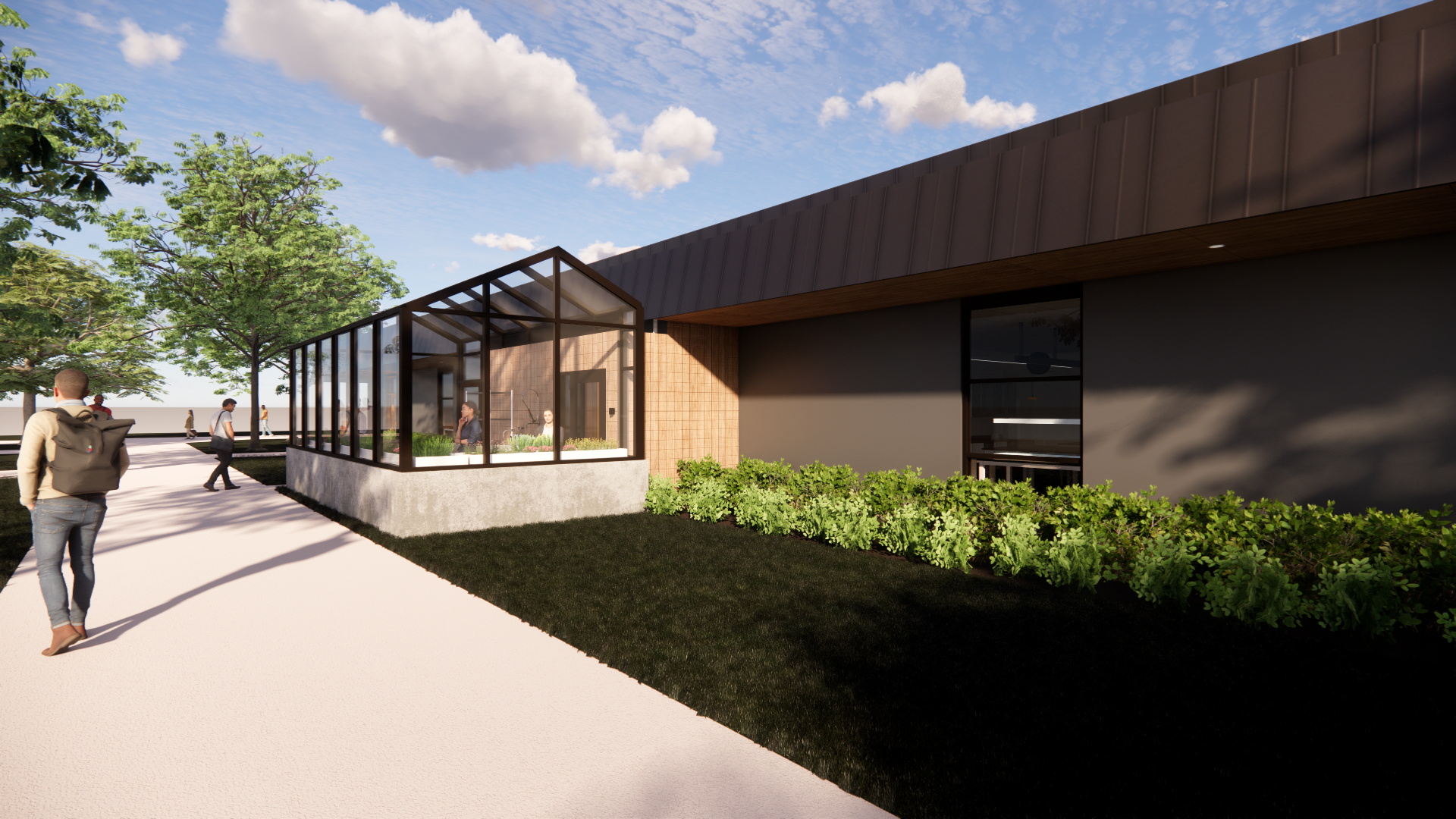[[bpstrwcotob]]

Lab Design Conference Speaker Profile: Gwendolyn Robles
Don’t miss Gwendolyn Robles’ session at the 2026 Lab Design Conference, where she and her team will share creative strategies, LEAN-driven workflow tips, and lessons from transforming a landlocked 1970s lab into a modern blood bank—register by December 31, 2025, to secure early-bird pricing and gain insights that can inspire your own lab design projects

From Residence to Research: Adaptive Reuse Lessons at Mount Sinai
The transformation of Mount Sinai’s 60-year-old nurse residence into a cutting-edge Center for Artificial Intelligence and Human Health highlights the challenges of adaptive reuse—tight floor heights, structural limits, and code compliance—and offers key lessons in due diligence, infrastructure replacement, and creative problem-solving for future lab projects

Project Profile: Roy Blunt Hall Addition, Missouri State University
Missouri State University has completed an addition to Roy Blunt Hall, marking the first phase of a larger project designed to showcase science while providing flexible, sustainable facilities for future growth

Old Chem Gets a Modern Makeover with $190 Million Renovation
The University of Cincinnati’s $190M renovation of Old Chem modernizes laboratories and collaborative learning spaces, preserves historic features, and fosters interdisciplinary research and accessibility while supporting the university’s science education mission

Renovating Laboratories: Key Concerns and Challenges in Transforming Existing Spaces
Laboratory renovation offers sustainability and cost advantages over new construction but poses complex challenges—including structural limits, MEP upgrades, safety compliance, and stakeholder coordination—that require careful planning and collaboration to create flexible, high-performing research spaces

Streamlining Cardiac Procedures Through Smart Renovation
SSM Health Good Samaritan Hospital is renovating its cardiac catheterization lab with over $1 million in advanced imaging technology, redesigned workflows, and enhanced safety features—offering a model for other lab projects on how strategic upgrades can improve efficiency, optimize space, and future-proof a high-acuity clinical environment

Busting the Myth of Adaptive Reuse: Lessons in Retrofitting Labs for Structural Performance and Sustainability
As demand for life science and advanced technology spaces grows, adaptive reuse offers sustainability and speed—but as speakers at the 2025 Lab Design Conference emphasized, converting offices, warehouses, or retail buildings into high-performance labs presents complex structural challenges that require careful evaluation of each building’s limitations and suitability

Designing Flexible Academic Labs for a Changing Research Landscape
Academic laboratory renovations are increasingly replacing new construction, with success hinging on early stakeholder engagement, infrastructure upgrades, and flexible, light-filled designs that balance safety, adaptability, and recruitment goals

Advocacy to Action: Science Building Breaks Ground
Massasoit Community College has broken ground on a $52 million, sustainability-driven renovation of its STEM facilities—achieved through strategic advocacy and reframing efforts that secured state funding and set a model for cost-effective, mission-aligned campus transformation

From Old to High-Performing: Navigating the Complexities of Breathing New Life into Existing Buildings
Outdated buildings—including a federal lab and a former big-box store—can be successfully transformed into high-performing, flexible laboratory spaces by leveraging early feasibility studies, interdisciplinary collaboration, and design strategies focused on sustainability, adaptability, and occupant well-being
